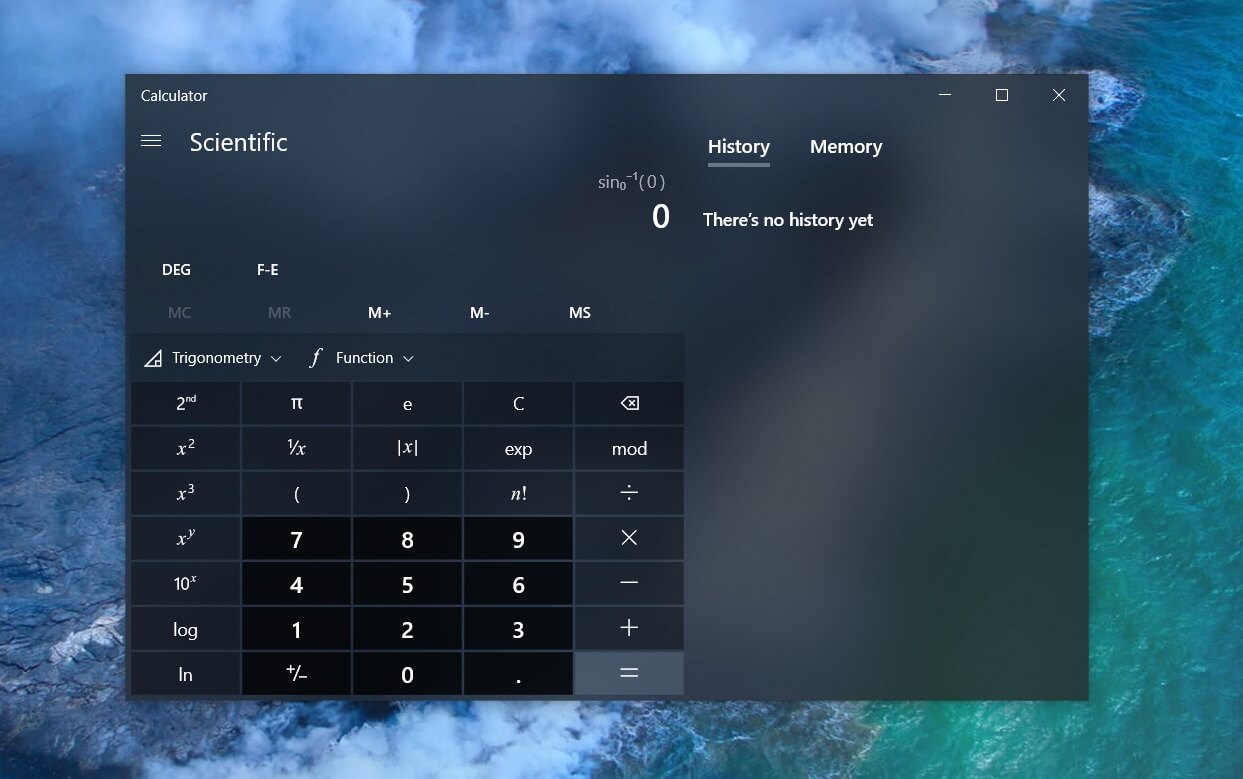

The Pareto chart shares similarities with the Histogram chart in that each chart displays bins that count the frequency of occurrence. His principle states that a few reasons (about 20 percent) account for a majority (or about 80 percent) of issues. The Pareto chart is named after Vilfredo Pareto, most famous for his popular eponym, the Pareto Principle, also known as the 80-20 rule. Often used in quality control, the Pareto chart helps easily identify the high use cases, focusing on the big picture, rather than getting lost in the details. The Pareto chart is useful for figuring out the most significant factors in your data and how they contribute to the entire set. Pareto chart highlights significant data factors However, by decreasing the bin width to 6.0, the bell-shaped curve breaks down and we quickly notice that books within the price range of are fewer than those books in other mid-range prices.

At first glance, these book prices also follow a normal distribution. This curve in data is often found in nature, like in measuring the heights of people in a population, recording the IQ scores of a sample of students or determining deviations of a standardized product. For example, a bin size of 9.0 provides the bell-shaped curve or normal curve, which is seen in the example above. You can gain insights by tweaking the size of the bins. If you want to specify a custom value for bin sizes or create an overflow/underflow bin that groups all the points above/below a certain value, double-click the horizontal axis in your Histogram chart and change the options in the Format Axis task pane. In case you’re interested in how we determine the default and automatic bin sizes for the Histogram, we chose to use the widely accepted Scott’s binning algorithm, which calculates the optimal bin size as follows: This set notation offers the cleanest layout and prevents a cluttered and verbose horizontal axis. In the example above, the first bucket to the left has the label, which should be interpreted as all values between $10.95 and $19.95, inclusive. So for a bin that groups all the books above or equal to $10.95 but below $19.95, the axis label would look like. For example, a parenthesis, “(“ or “)”, connotes the value is excluded whereas a bracket, “”, means the value is included. In our design, we follow best practices for labeling the Histogram axis and adopt notation that is commonly used in math and statistics. Notice this grouping as shown in the image below. The next bin groups and counts all the books above or equal to $28.95 but less than $37.95 and so on. For example, notice that we have grouped all books that are above or equal to $19.95 up to, but not including, $28.95 into one bin. The Histogram chart is the first option listed.īy creating a Histogram to visualize the above table of data, we can count all the books by bins that represent price ranges. The Histogram, Pareto and Box and Whisker charts can be easily inserted using the new Statistical Chart button in the Insert tab on the ribbon. To show in an example, imagine we run a small bookstore and have a list of our entire selection of books and prices. The Histogram chart shows the distribution of your data and groups them into bins, which are groupings of data points within a given range. Histogram chart illustrates the distribution of data
#Best apps for statistical calculations download
Download the Office 2016 Public Preview and try out the new charts for yourself using our sample data sets. In this blog article, we will explain how these new charts can help represent your statistical data in a way that works best for your needs.
#Best apps for statistical calculations how to
There are many different approaches and opinions on how to summarize statistical data. Statistical charts, which include Histogram, Pareto and Box and Whisker, help summarize and add visual meaning to key characteristics of data, including range, distribution, mean and median. Now, we will take a closer look at the last group of new chart types-statistical charts. We showed the effectiveness of the Waterfall chart in visualizing financial statements and how hierarchical chart types, like Treemap and Sunburst, can help you explore complex data with multiple levels and categories. So far, we introduced you to our new chart types across Office 2016 and then dove deeper into a few of them.


 0 kommentar(er)
0 kommentar(er)
